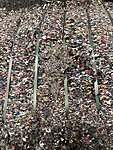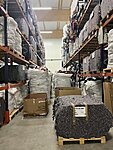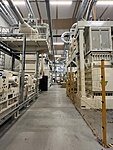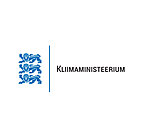Study and analysis of textile recycling technologies
The objective of this research is to create a mapping and assessment of Estonia's post-consumer textile recycling capacity, and based on this, identify the best solutions for different textile flows.
According to the European Union Waste Framework Directive, starting from January 1, 2025, all member states must implement a separate collection of textiles. Local municipalities are responsible for organizing separate collection and can choose an appropriate collection method. This means that, in addition to receiving textile waste at waste stations, the local municipality must also organize waste transport, textile waste collection containers, collection rounds, etc.
In Estonia, 3,968 tons of separately collected textile waste were generated in 2020. It is estimated that 18,500 tons of textile waste were not collected separately (e.g., handed over with mixed household waste). In total, 17 kg of textile waste is generated per person per year in Estonia, of which less than 1 kg is recycled. The rest currently ends up in landfills or waste incineration. With the new requirement, the amounts of separately collected textile waste will increase significantly.
The aim of this study is to increase the recycling of textile waste by:
a) Creating a mapping and assessment of Estonia's post-consumer textile recycling capacity;
b) Based on this mapping and assessment, identifying the best solutions for different textile flows and determining the resulting opportunities (investment needs, measures, and activities).
The main conclusion of the research will reveal whether and what recycling capacity can be established in Estonia to promote the recycling of textile waste.
Duration of the project: 2023-2024
Project partner: SEI Tallinn
The work is commissioned by the Ministry of Climate.





